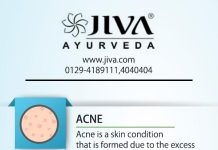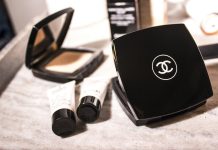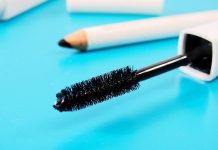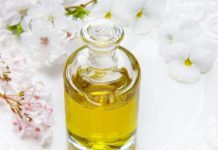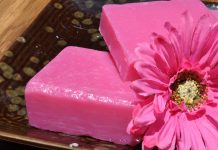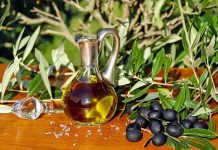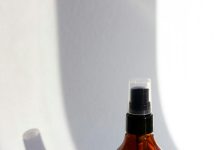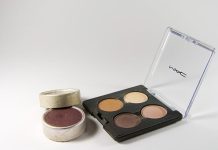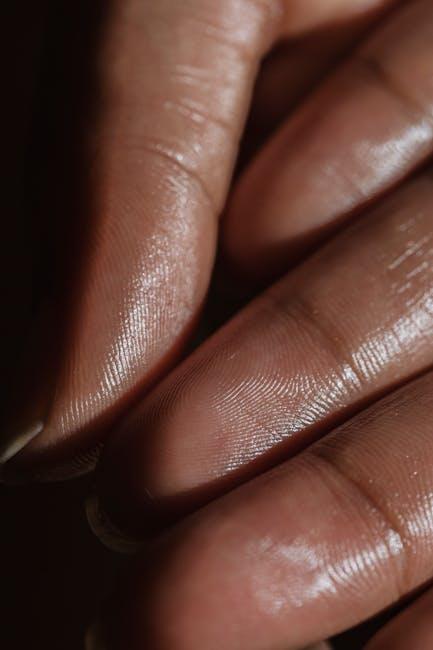Navigating the delicate balance of managing oily skin without stripping it dry can feel like a high-wire act. Imagine trying to tame a wild river without draining its vibrant flow. Oily skin, with its natural sheen, often teeters between a healthy glow and an unwanted shine. While the allure of quick fixes might tempt you, the key lies in understanding and respecting your skin’s unique ecosystem. In this guide, we’ll explore gentle yet effective strategies to combat excess oil, ensuring your skin remains hydrated and radiant. Join us as we unravel the secrets to achieving a harmonious complexion.
Balancing Act Understanding the Causes of Oily Skin
Oily skin is often the result of overactive sebaceous glands, which produce excess sebum. While sebum is essential for maintaining healthy skin, too much of it can lead to clogged pores and acne. Hormonal fluctuations during puberty, pregnancy, or menstrual cycles can trigger these glands to go into overdrive. Additionally, genetics play a significant role; if your parents had oily skin, there’s a good chance you might too.
External factors also contribute to the shine. Diet, particularly one high in greasy foods, can exacerbate the issue, as can stress, which stimulates cortisol production, further increasing oil production. Environmental conditions, like humidity and heat, also encourage oiliness. Understanding these causes can help you tailor a skincare routine that manages oil without stripping the skin of its natural moisture. Consider incorporating products with salicylic acid or niacinamide, which can help control oil production while maintaining hydration.
Gentle Cleansing Techniques for Maintaining Moisture
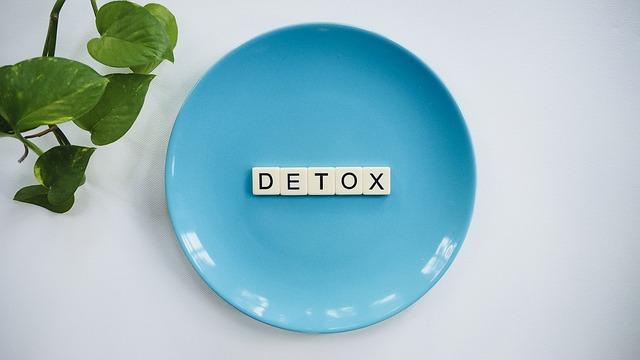
When dealing with oily skin, it’s crucial to choose cleansing methods that preserve your skin’s natural moisture. Start by selecting a gentle, sulfate-free cleanser that effectively removes excess oil without stripping your skin. Micellar water is an excellent option for a light cleanse, as it lifts away impurities while maintaining hydration.
- Opt for lukewarm water when washing your face to avoid drying effects of hot water.
- Incorporate cleansing oils that can dissolve oil-based impurities, ensuring a balanced cleanse.
- Consider using a soft washcloth to gently exfoliate, promoting cell turnover without harsh abrasion.
- Limit face washing to twice a day to prevent over-cleansing and potential irritation.
Remember, the goal is to cleanse effectively while keeping your skin’s moisture barrier intact. By adopting these techniques, you can achieve a refreshed, balanced complexion.
Choosing the Right Moisturizers for Oily Skin

Finding the perfect moisturizer for oily skin can feel like a daunting task. The key is to look for products that are lightweight and non-comedogenic, ensuring they won’t clog your pores. Ingredients such as hyaluronic acid and glycerin are excellent choices as they hydrate without adding extra oil. Opt for gel-based or water-based formulations, which are often more suitable for oily skin types.
- Hyaluronic Acid: Provides hydration without heaviness.
- Niacinamide: Helps regulate oil production and reduce shine.
- Aloe Vera: Offers soothing moisture while calming irritation.
Consider moisturizers with matte finishes to help control excess oil throughout the day. Products with added SPF can provide dual benefits, protecting your skin from sun damage while keeping it moisturized. Remember, even oily skin needs hydration to maintain its natural balance and prevent overproduction of oil.
Dietary Adjustments and Lifestyle Tips for Lasting Results

Achieving balanced skin begins from within. Incorporating a few strategic dietary changes can make a noticeable difference in managing oily skin. Focus on consuming foods rich in omega-3 fatty acids like salmon and walnuts, which help to reduce inflammation and maintain skin hydration. Additionally, staying hydrated by drinking plenty of water aids in flushing out toxins and keeping your skin clear. Consider adding more antioxidant-rich foods such as berries, spinach, and nuts to your meals to support skin health.
Alongside dietary changes, some lifestyle tweaks can also contribute to healthier skin. Regular exercise boosts circulation, helping to nourish skin cells and keep them vital. Establishing a consistent skincare routine is crucial; use gentle, non-comedogenic products to cleanse and moisturize. Avoid overwashing, which can strip the skin of its natural oils and lead to increased oil production. Here are a few tips to consider:
- Use a mild cleanser to wash your face twice daily.
- Incorporate a clay mask weekly to absorb excess oil.
- Avoid touching your face to prevent transferring oils and dirt.
- Opt for oil-free makeup to minimize clogged pores.





